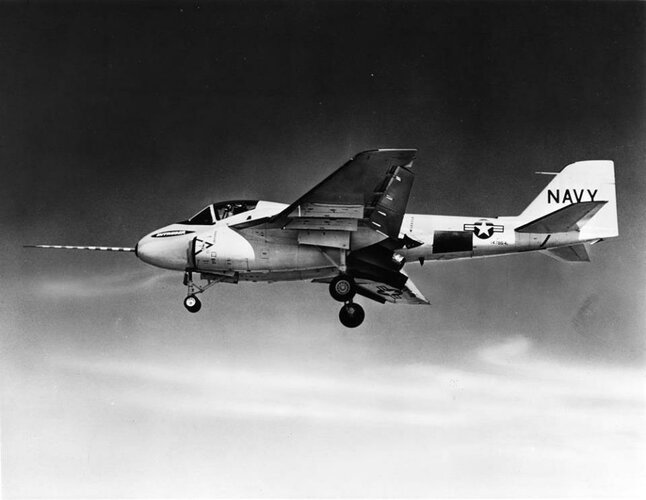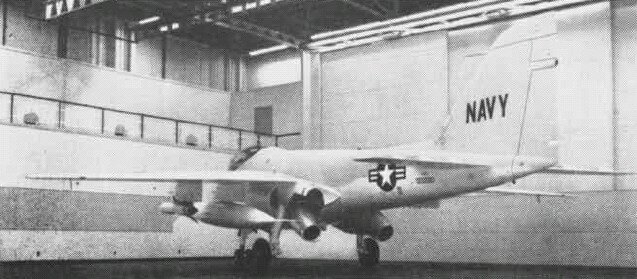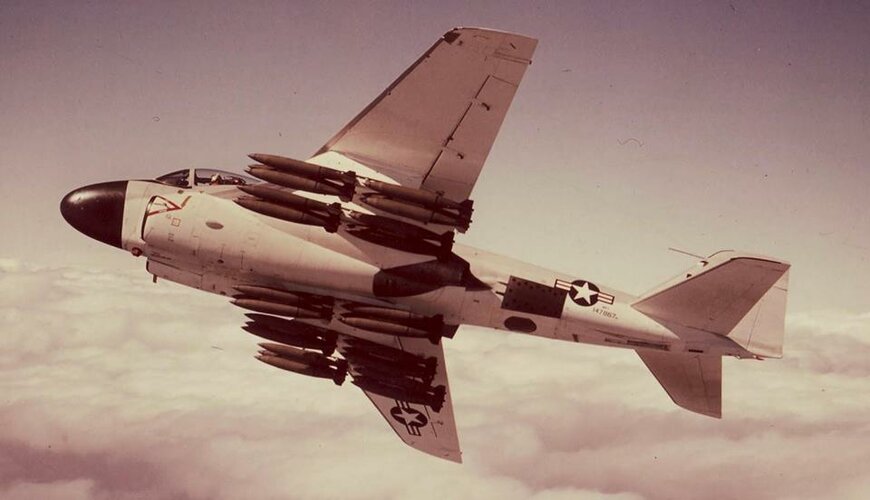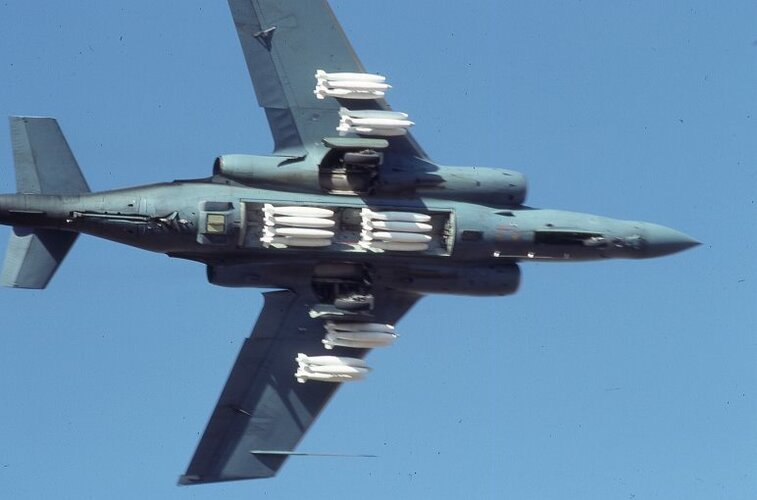BlackBat242
OK, I changed my personal text ;)
- Joined
- 10 April 2013
- Messages
- 813
- Reaction score
- 2,002
That "USN never issued the spec that became the A-6" is the only way this can fly  as the A-6 spec could never be met in either the bombload or take-off realms by the Bucaneer.
as the A-6 spec could never be met in either the bombload or take-off realms by the Bucaneer.
The A-6 spec required short-field capability... which is why the first few YA-6s (YA2F-1 before the designation change) had a downward-tilting nozzle on each J52 exhaust!
These look familiar?


Note the slots in the lower outer fuselage for the tilting nozzles:

The A-6 spec required short-field capability... which is why the first few YA-6s (YA2F-1 before the designation change) had a downward-tilting nozzle on each J52 exhaust!
An unusual feature was the use of a set of extended jet exhaust pipes which could be tilted downward by 23 degrees in order to improve the STOL performance.
.....
Flight tests also revealed that the tilting exhaust pipes were not very effective in reducing the takeoff distance, unless the aircraft was operating at fairly low gross weights. Consequently, tilting pipes were installed only on the first four aircraft, and provision for their installation was retained only for the next four planes.
These look familiar?


Note the slots in the lower outer fuselage for the tilting nozzles:

Last edited by a moderator:

